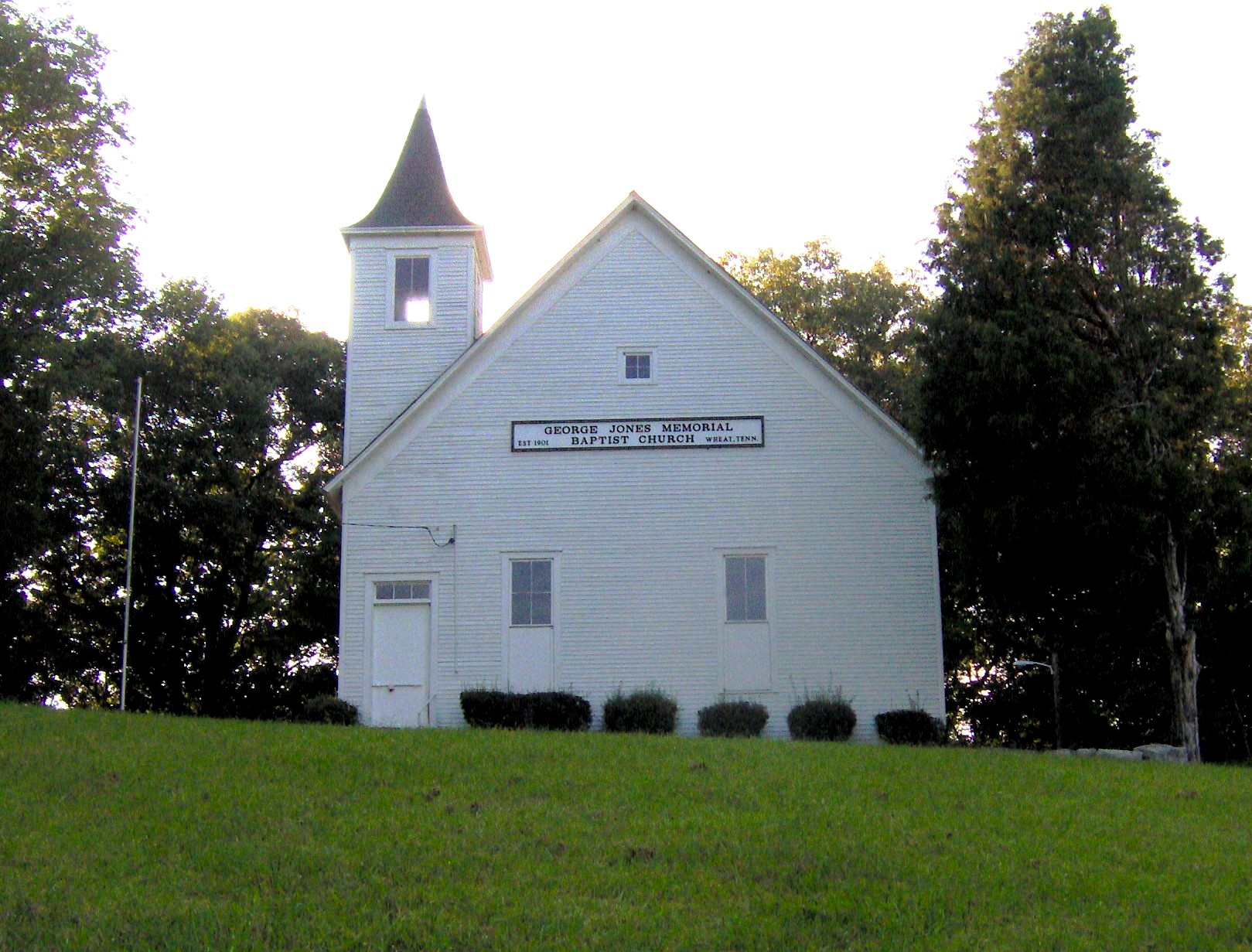|
Roane County, Tennessee
Roane County is a County (United States), county of the U.S. state of Tennessee. As of the 2020 2010 United States Census, census, the population was 53,404. Its county seat is Kingston, Tennessee, Kingston. Roane County is included in the Knoxville, Tennessee, Knoxville, TN Knoxville metropolitan area, Metropolitan Statistical Area. History Roane County was formed in 1801, and named for Archibald Roane, the second Governor of Tennessee. Upon the creation of the Southwest Territory in 1790, the territory's governor, William Blount, initially wanted to locate the territorial capital at the mouth of the Clinch River, but was unable to obtain title to the land from the Cherokee. Kingston, Roane's county seat, is rooted in Fort Southwest Point, a frontier fort constructed in the early 1790s. During the Civil War, Roane County, like many East Tennessee counties, was largely pro-Union. When Tennessee voted on the Ordinance of Secession on June 8, 1861, Roane Countians voted 1,568 t ... [...More Info...] [...Related Items...] OR: [Wikipedia] [Google] [Baidu] |
Archibald Roane
Archibald Roane (1759/60 – January 18, 1819) was the second Governor of Tennessee, serving from 1801 to 1803. He won the office after the state's first governor, John Sevier, was prevented by constitutional restrictions from seeking a fourth consecutive term. He quickly became caught up in the growing rivalry between Sevier and Andrew Jackson, and was soundly defeated by Sevier after just one term. Roane served as an attorney general in the Southwest Territory in the early 1790s, and later served as a judge on the state's Superior Court of Law and Equity (1796–1801) and the Supreme Court of Errors and Appeals (1815–1819). Early life Roane was born in 1759 or 1760Sources differ regarding Archibald Roane's birthdate and other biographical details. The Tennessee State Museu and the memorial marker at his grave (which was erected in 1918) give the birthdate as 1759; the Tennessee State Library and Archives lists it as "circa 1759". The ''Tennessee Encyclopedia of History and ... [...More Info...] [...Related Items...] OR: [Wikipedia] [Google] [Baidu] |
Suck-egg Hollow
Suck-egg Hollow is a valley in Roane County, Tennessee, in the United States The United States of America (USA), also known as the United States (U.S.) or America, is a country primarily located in North America. It is a federal republic of 50 U.S. state, states and a federal capital district, Washington, D.C. The 48 .... Suck-egg Hollow was named from an incident when a snake was found eating the chicken eggs of a local farmer. References Landforms of Roane County, Tennessee Valleys of Tennessee {{RoaneCountyTN-geo-stub ... [...More Info...] [...Related Items...] OR: [Wikipedia] [Google] [Baidu] |
Watts Bar Dam
Watts Bar Dam is a hydroelectric dam on the Tennessee River in Meigs and Rhea counties in Tennessee, United States. The dam is one of nine dams on the main Tennessee River channel operated by the Tennessee Valley Authority, which built the dam in the early 1940s to provide flood control and electricity and to help create a continuous navigable channel along the entire length of the river. The dam is the technical boundary between the Watts Bar Lake— which it impounds— and Chickamauga Lake, which stretches from the dam's tailwaters southward to Chattanooga. Watts Bar Dam is named for Watt Island, a sandbar located at the dam site prior to the dam's construction.Tennessee Valley Authority, ''The Watts Bar Project: A Comprehensive Report on the Planning, Design, Construction, and Initial Operations of the Watts Bar Project'', Technical Report No. 9 (Washington, D.C.: U.S. Government Printing Office, 1949), 1-11, 39-47. Location Watts Bar Dam is located approximate ... [...More Info...] [...Related Items...] OR: [Wikipedia] [Google] [Baidu] |
Emory River
The Emory River is a river draining a portion of Tennessee's Cumberland Plateau. It flows for just over from its source near Frozen Head State Park to its mouth along the Clinch River at Kingston, Tennessee. Hydrography The Emory River rises on the slopes of Fork Mountain and descends through a valley along the northern base of Bird Mountain, a prominent ridge in Frozen Head State Park in Morgan County. The surrounding area has been the subject of extensive strip mining for coal which has resulted in some stream pollution. The stream initially flows basically westward and is crossed by U.S. Highway 27. Turning more southwestward, it is paralleled for a time by a line of the Norfolk Southern Railway. It meets the Obed River in the southeast corner of the expansive Catoosa Wildlife Management Area, a large game-management area operated by the Tennessee Wildlife Resources Agency. Still paralleled by the railroad, the stream crosses into Roane County near Harriman. ... [...More Info...] [...Related Items...] OR: [Wikipedia] [Google] [Baidu] |
Tennessee River
The Tennessee River is a long river located in the Southern United States, southeastern United States in the Tennessee Valley. Flowing through the states of Tennessee, Alabama, Mississippi, and Kentucky, it begins at the confluence of French Broad River, French Broad and Holston River, Holston rivers at Knoxville, Tennessee, Knoxville, and drains into the Ohio River near Paducah, Kentucky. It is the largest tributary of the Ohio, and drains a basin of . Its tributary, the Little Tennessee River, flows into it from Western North Carolina and northeastern Georgia. Etymology The river appears on France, French maps from the late 17th century with the names "Caquinampo" or "Kasqui." Maps from the early 18th century call it "Cussate," "Mitchell Map, Hogohegee," "Callamaco," and "Acanseapi." A 1755 British map showed the Tennessee River as the "River of the Cherakees."Ann ToplovichTennessee River System, ''Tennessee Encyclopedia of History and Culture'', December 25, 2009; upd ... [...More Info...] [...Related Items...] OR: [Wikipedia] [Google] [Baidu] |
Oak Ridge National Laboratory
Oak Ridge National Laboratory (ORNL) is a federally funded research and development centers, federally funded research and development center in Oak Ridge, Tennessee, United States. Founded in 1943, the laboratory is sponsored by the United States Department of Energy and administered by UT–Battelle, UT–Battelle, LLC. Established in 1943, ORNL is the largest science and energy national laboratory in the Department of Energy system by size and third largest by annual budget. It is located in the Roane County, Tennessee, Roane County section of Oak Ridge. Its scientific programs focus on materials science, materials, nuclear power, nuclear science, neutron science, energy, high-performance computing, environmental science, systems biology and national security, sometimes in partnership with the state of Tennessee, universities and other industries. ORNL has several of the world's top supercomputers, including Frontier (supercomputer), Frontier, ranked by the TOP500 as the wo ... [...More Info...] [...Related Items...] OR: [Wikipedia] [Google] [Baidu] |
K-25
K-25 was the codename given by the Manhattan Project to the program to produce enriched uranium for atomic bombs using the gaseous diffusion method. Originally the codename for the product, over time it came to refer to the project, the production facility located at the Clinton Engineer Works in Oak Ridge, Tennessee, the main gaseous diffusion building, and ultimately the site. When it was built in 1944, the four-story K-25 gaseous diffusion plant was the world's largest building, comprising over of floor space and a volume of . Construction of the K-25 facility was undertaken by J. A. Jones Construction. At the height of construction, over 25,000 workers were employed on the site. Gaseous diffusion was but one of three enrichment technologies used by the Manhattan Project. Slightly enriched product from the S-50 thermal diffusion plant was fed into the K-25 gaseous diffusion plant. Its product in turn was fed into the Y-12 electromagnetic plant. The enriched uranium was ... [...More Info...] [...Related Items...] OR: [Wikipedia] [Google] [Baidu] |
Manhattan Project
The Manhattan Project was a research and development program undertaken during World War II to produce the first nuclear weapons. It was led by the United States in collaboration with the United Kingdom and Canada. From 1942 to 1946, the project was directed by Major General Leslie Groves of the United States Army Corps of Engineers, U.S. Army Corps of Engineers. Nuclear physicist J. Robert Oppenheimer was the director of the Los Alamos Laboratory that designed the bombs. The Army program was designated the Manhattan District, as its first headquarters were in Manhattan; the name gradually superseded the official codename, Development of Substitute Materials, for the entire project. The project absorbed its earlier British counterpart, Tube Alloys, and subsumed the program from the American civilian Office of Scientific Research and Development. The Manhattan Project employed nearly 130,000 people at its peak and cost nearly US$2 billion (equivalent to about $ b ... [...More Info...] [...Related Items...] OR: [Wikipedia] [Google] [Baidu] |
Oak Ridge, Tennessee
Oak Ridge is a city in Anderson County, Tennessee, Anderson and Roane County, Tennessee, Roane counties in the East Tennessee, eastern part of the U.S. state of Tennessee, about west of downtown Knoxville, Tennessee, Knoxville. Oak Ridge's population was 31,402 at the 2020 census. It is part of the Knoxville Metropolitan Area. Oak Ridge's nicknames include ''the Atomic City'', ''the Secret City'', and ''the City Behind a Fence''. In 1942, the United States federal government forcibly purchased nearly of farmland in the Clinch River valley for the development of a Planned community, planned city supporting 75,000 residents. It was constructed with assistance from architectural and engineering firm Skidmore, Owings & Merrill, from 1942 to 1943. Oak Ridge was established in 1942 as a production site for the Manhattan Project—the massive American, British, and Canadian operation that developed the Nuclear weapon, atomic bomb. Being the site of Oak Ridge National Laboratory, Y-1 ... [...More Info...] [...Related Items...] OR: [Wikipedia] [Google] [Baidu] |
Panic Of 1893
The Panic of 1893 was an economic depression in the United States. It began in February 1893 and officially ended eight months later. The Panic of 1896 followed. It was the most serious economic depression in history until the Great Depression of the 1930s. The Panic of 1893 deeply affected every sector of the economy and produced political upheaval that led to the political realignment and the presidency of William McKinley. The panic climaxed with a run on gold from the United States Treasury. As part of the panic, on May 5, 1893, the Dow Jones Industrial Average fell 24% in a single day after the bankruptcy of National Cordage Company; this was the largest single day drop until the Great Depression. Unemployment rates in many states rose above 25% and poverty became widespread. Causes Causes of the panic include: * Baring crisis - Heavy investment in Argentina by Barings Bank followed by the 1890 wheat crop failure and the Revolution of the Park, a failed coup in Buenos ... [...More Info...] [...Related Items...] OR: [Wikipedia] [Google] [Baidu] |




